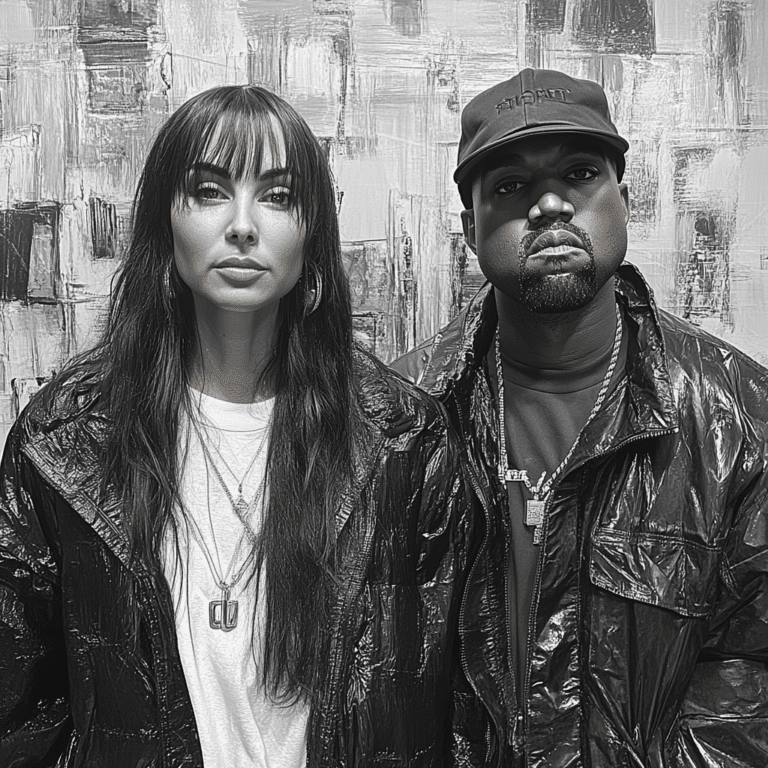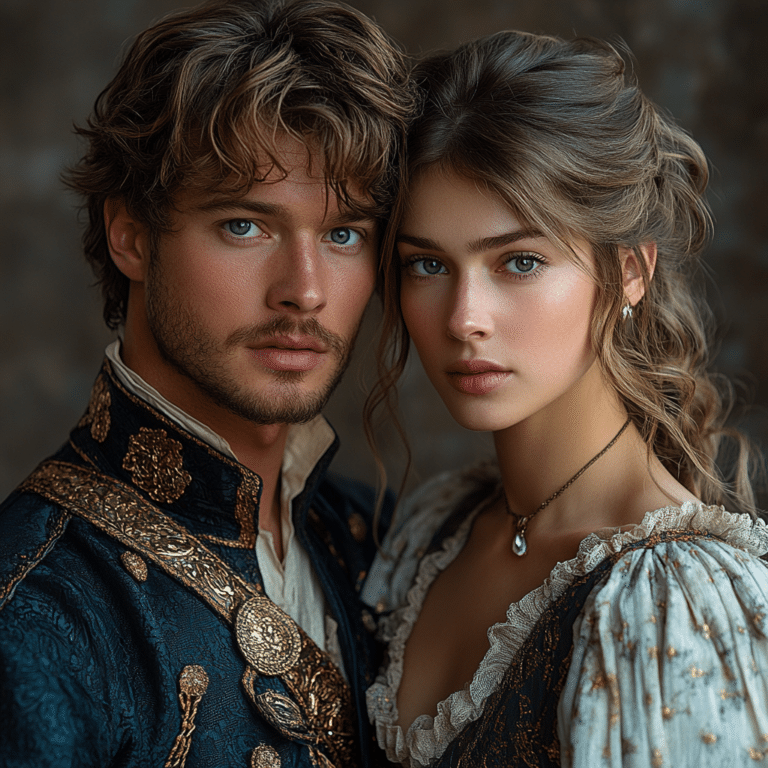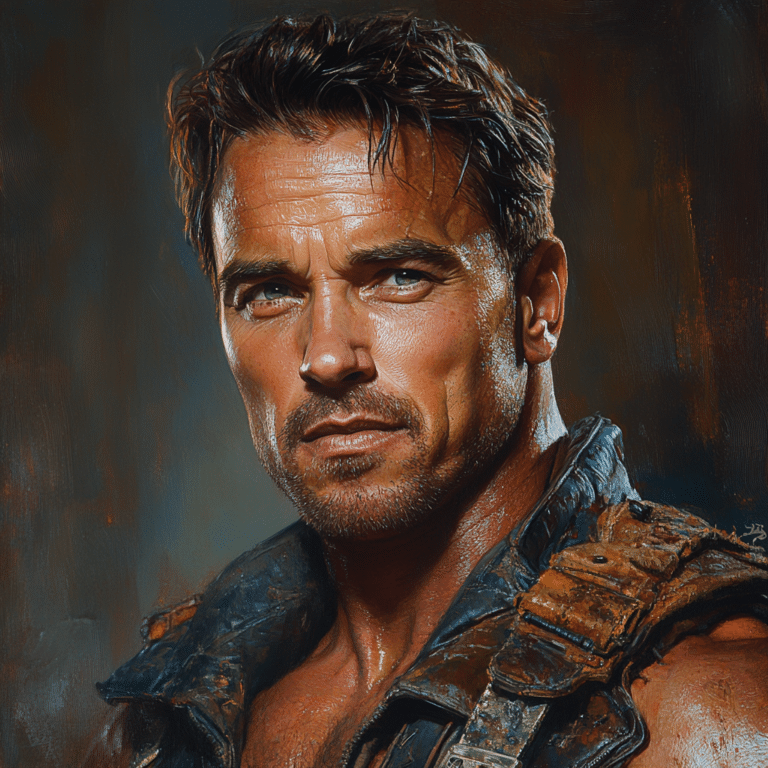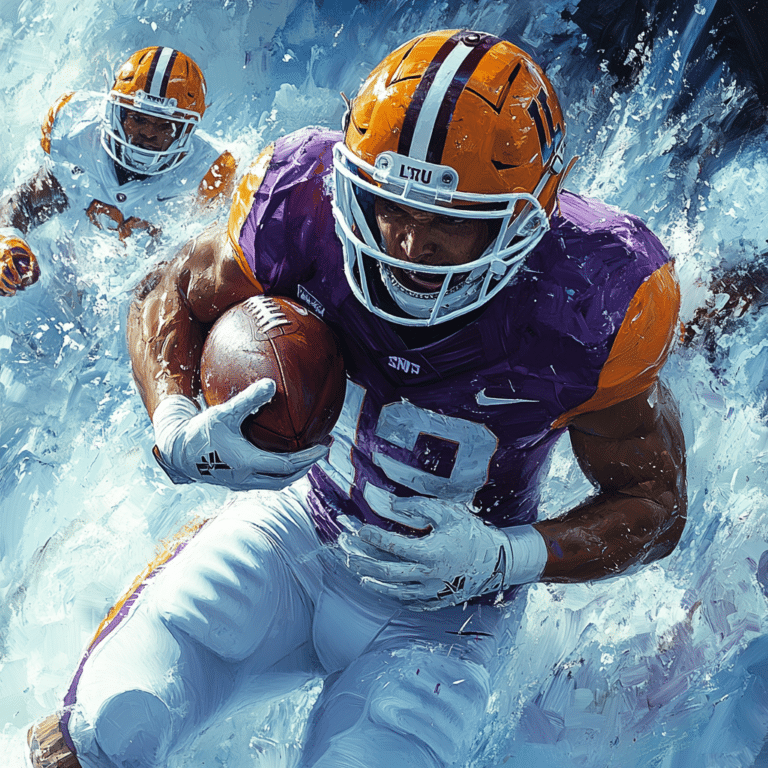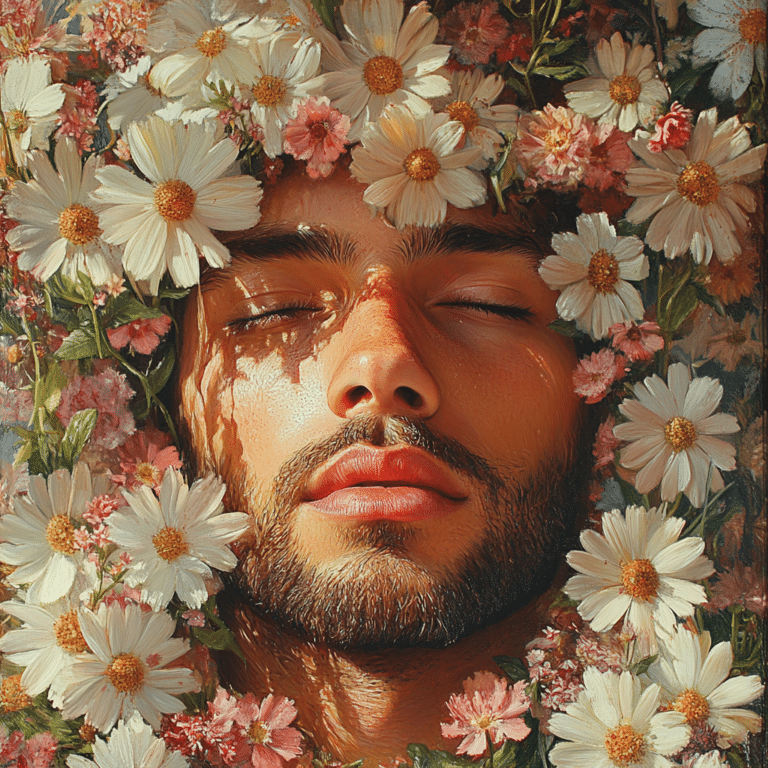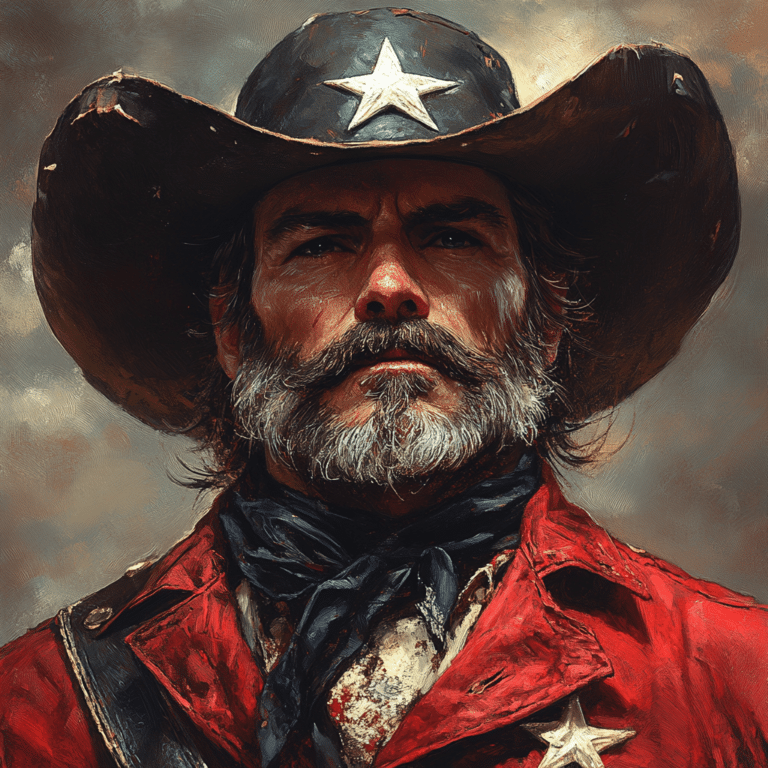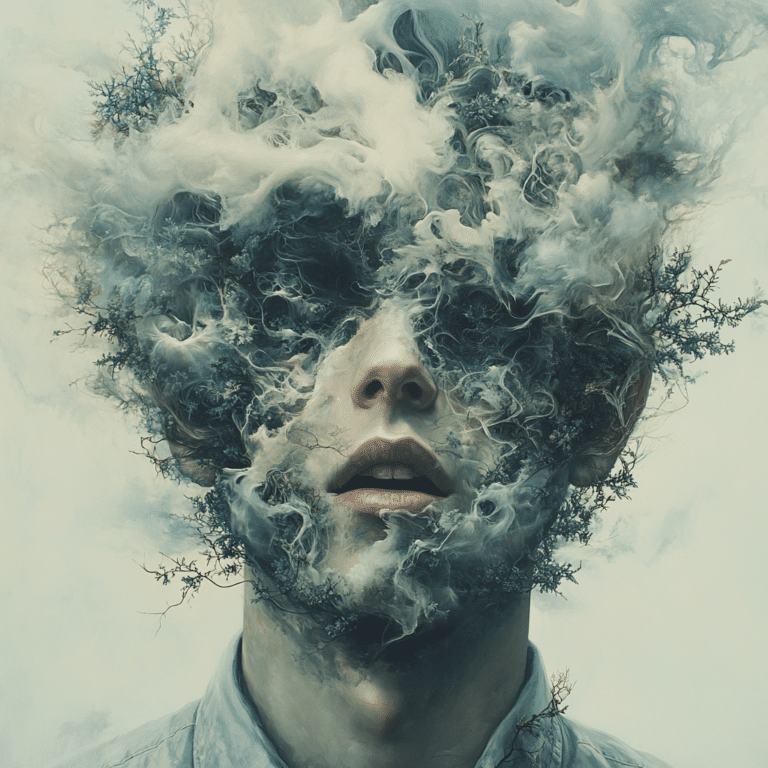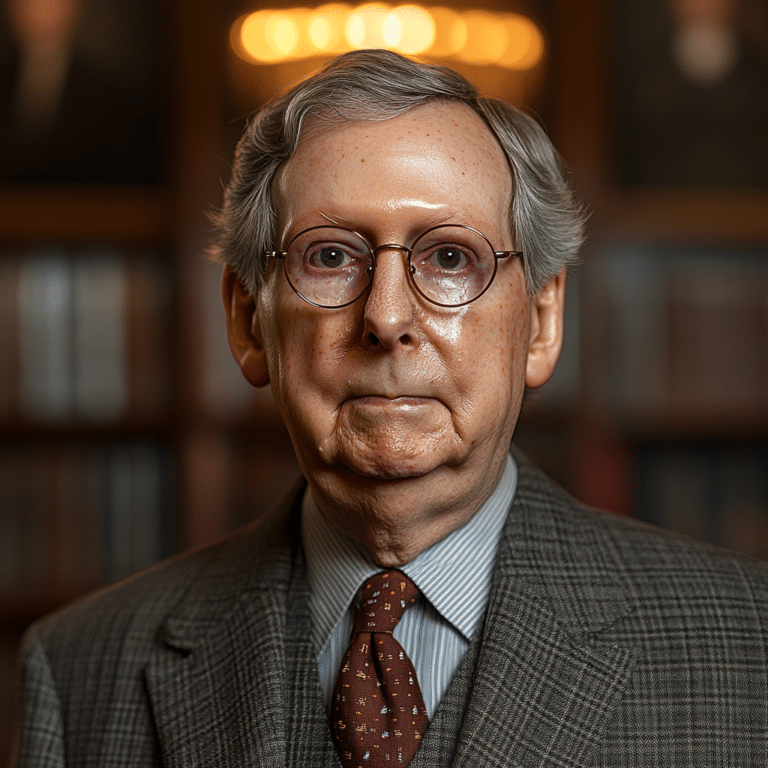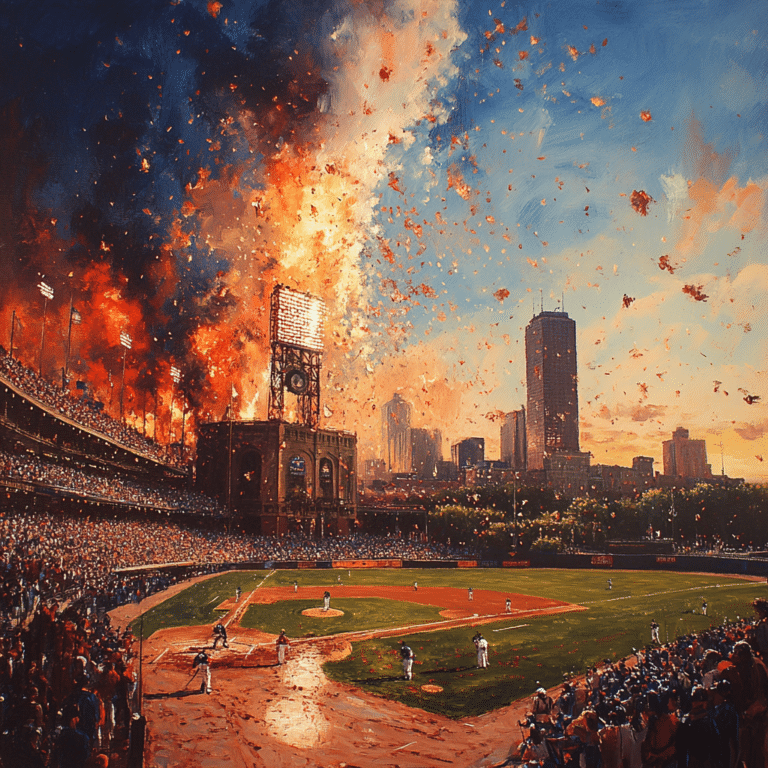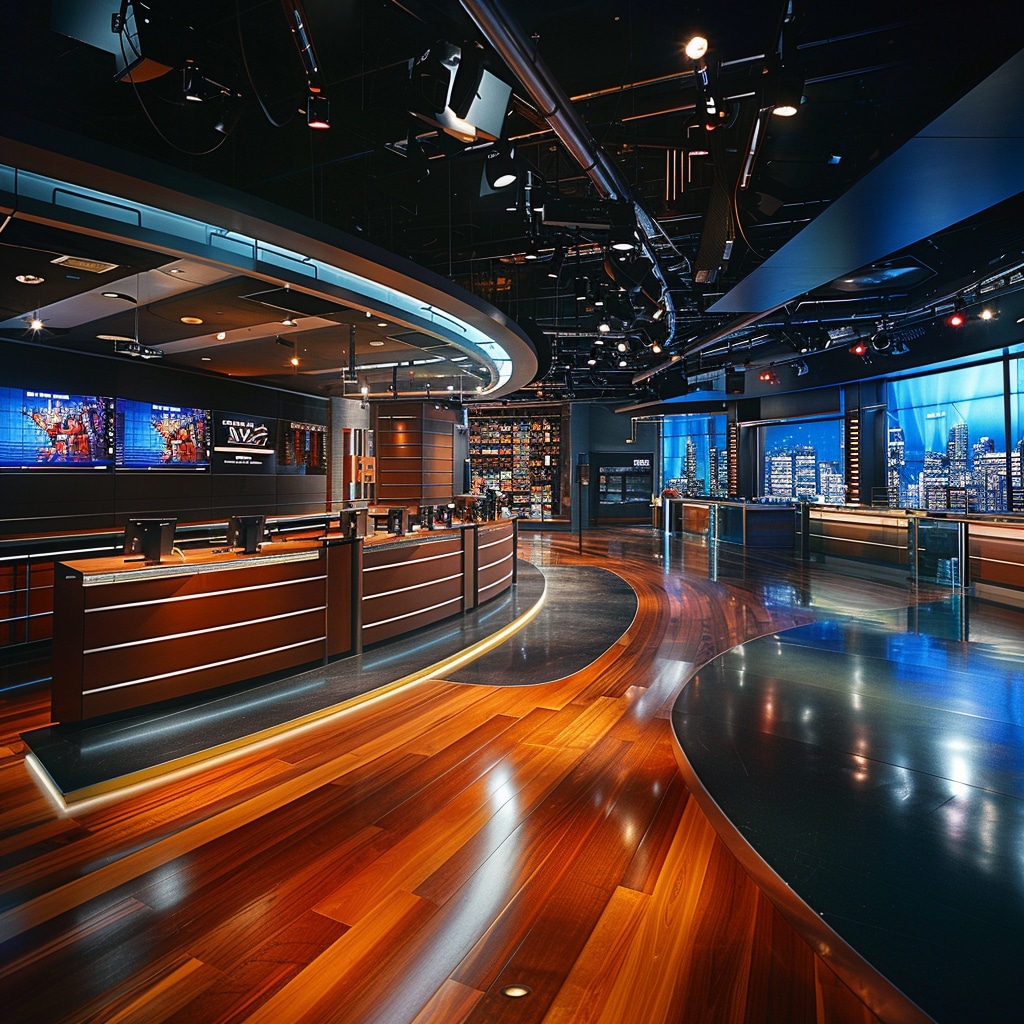The Dukes of Hazzard, a beloved TV show that aired from 1979 to 1985, continues to resonate with audiences, even after nearly half a century since it first hit the screens. This cultural phenomenon features cousins Bo and Luke Duke, who find themselves embroiled in wild adventures as they evade the corrupt authorities of Hazzard County. At the center of this explosive narrative lies their iconic car, the Dukes of Hazzard car, the General Lee, and its unforgettable theme song, “Good Ol’ Boys.” The show’s enduring appeal draws viewers in, making them laugh and cheer for the wholesome antics of the Duke boys while grappling with its complex legacy.
The Enduring Appeal of The Dukes of Hazzard
One key reason for the lasting popularity of The Dukes of Hazzard is its unique blend of Southern charm, humor, and adrenaline-pumping action. The escapades of the Duke boys embody a spirit of rebellion against authority, showcasing the everyday struggles of ordinary people resisting corrupt power. Who doesn’t love a good chase through backroads, dodging the bumbling Sheriff Rosco P. Coltrane and the scheming Boss Hogg?
The show’s accessibility and ability to channel relatable themes create a connection with fans. Sure, it’s easy to reminisce about the good times spent in front of the television, lost in a world where family loyalty and good-hearted mischief triumph over rigged systems. But don’t let those fond memories blind you; the show also reflects deeper societal issues worth examining in today’s context.
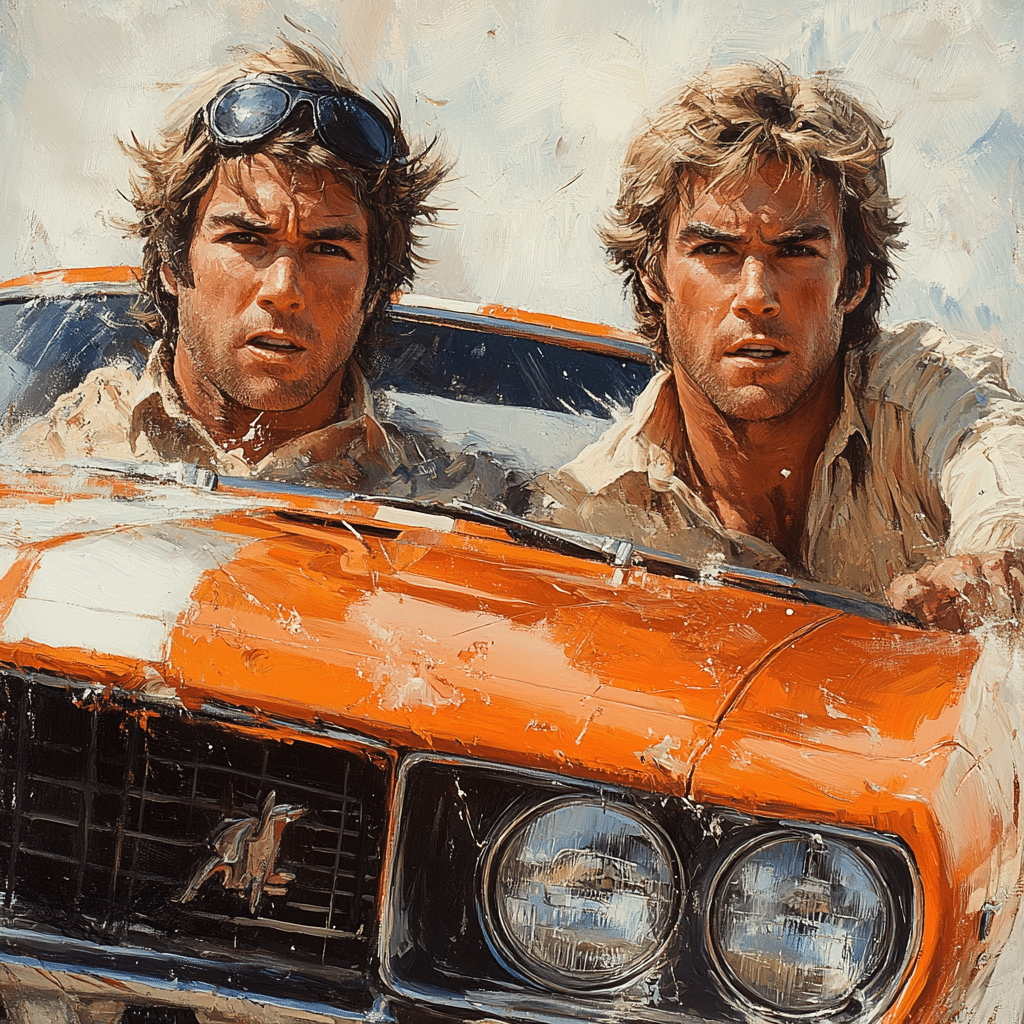
Top 5 Legacies of The Dukes of Hazzard
The Dukes of Hazzard’s legacy is as multifaceted as its characters, holding lessons that vary across generations. Let’s break down the five core aspects of this show’s heritage:
1. The Dukes of Hazzard Car: A Symbol of Freedom and Rebellion
Ah, the General Lee! This flashy 1969 Dodge Charger, replete with its iconic orange paint and Confederate flag roof, quickly became an emblem of youthful rebellion and freedom. The idea of this muscle car soaring through the air with the sound of Duke boys laughter creates an unparalleled sense of exhilaration. However, with today’s spotlight on social justice and equity, folks have begun questioning the appropriateness of the Confederate symbol in a light-hearted context. This brings us to an essential discussion: can we keep the nostalgia without ignoring the historical implications?
2. Southern Culture and Stereotypes
The Dukes of Hazzard truly showcases Southern culture, emphasizing values like humor, hospitality, and unwavering loyalty to family. Some viewers revel in the authenticity of these portrayals, seeing it as a celebration of Southern pride. On the flip side, critics argue that it simplifies complex life experiences and perpetuates unflattering stereotypes about the South, depicting it as a land filled with ignorance and lawlessness. A tough pill to swallow, but necessary to confront in a world striving for inclusivity.
3. The Impact on Law Enforcement and Community Relations
The show’s portrayal of law enforcement dynamics is both significant and controversial. While many fondly remember the Duke boys as heroes rallying against a corrupt system, it also raises the issue of how authority figures are depicted in media. With debates igniting around police-community relations in modern society, this show has become a persistent point of discussion in evaluating whether such portrayals are helpful or harmful in addressing these contemporary issues.
4. Reviving Interest through Reboots and Merchandise
Believe it or not, the Dukes of Hazzard legacy didn’t end in 1985! Today, the franchise still captures the imagination of fans through reboots, comic books, and merchandise. The 2005 film adaptation and continuous sales of die-cast General Lee models show that the connection with audiences is far from breaking. These revivals showcase how certain narratives can find new life and reinvigoration when coupled with the right approach.
5. Contemporary Controversies and Cultural Reflection
In recent years, the series has faced scrutiny as part of a broader reevaluation of media’s portrayal of race and identity. The Confederate flag’s presence has sparked mind-boggling debates, leading some streaming networks to remove episodes featuring the General Lee completely. This scenario prompts many to ponder how we reconcile our cherished memories of classics like The Dukes of Hazzard while remaining aware of the broader cultural implications that these representations carry.
The Dukes of Hazzard: Icon vs. Controversy
The cultural significance of The Dukes of Hazzard runs deep, with individuals standing firmly on both sides of the argument. Many treasure the series for its nostalgic whimsy, while others view it as a glaring reminder of the need for a more conscientious approach to race and representation in entertainment today. For some, nostalgia collides head-on with moral accountability, creating a complex dialogue about what we choose to embrace and reject in our collective media consumption.
These discussions highlight our responsibility as viewers. How do we honor our fondness for shows steeped in history while also stepping up to recognize and address the problematic elements they might perpetuate? It requires a delicate balance, but it’s a necessary conversation we, as a society, must face moving forward.
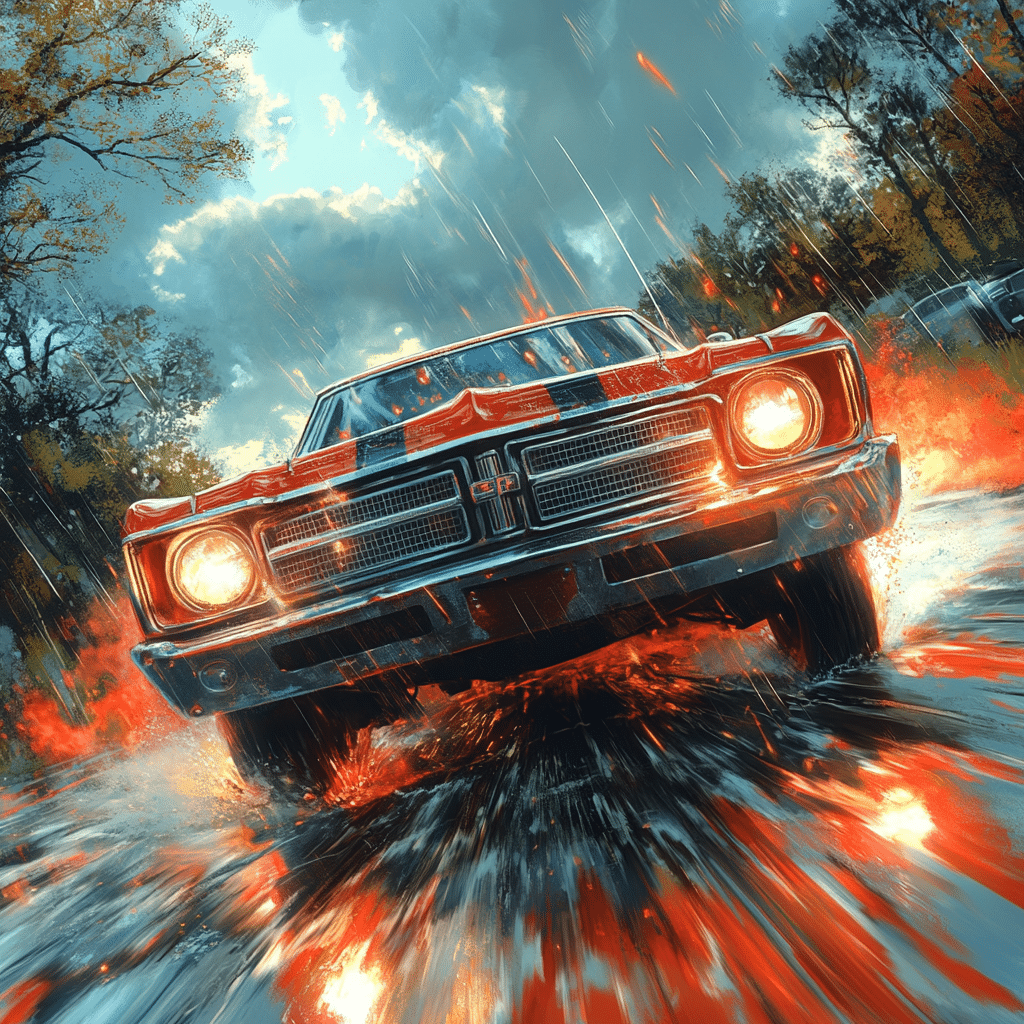
Embracing the Complexity of The Dukes of Hazzard Legacy
As we venture into 2024, it’s crucial to look back at The Dukes of Hazzard as a reflection of both its era and today’s cultural context. The series offers more than just wild car chases and laugh-out-loud moments; it invites us to dissect its themes and underlying messages. The Dukes of Hazzard legacy acts as an essential case study for understanding how entertainment intersects with cultural identity, social norms, and historical circumstances.
In examining the legacy, we can appreciate the joy and laughter sparked by classic shows while maintaining the attentiveness necessary to recognize the messages they convey. Embracing the duality of our feelings allows us to enjoy the thrill of nostalgia while remaining engaged in the conversations that help reshape our moral compass, ultimately making us better viewers and citizens.
In a world that often pushes conservative voices to the sidelines, The Dukes of Hazzard demonstrates the need for individuals to push back against narratives that seek to marginalize them. The show’s complexity reflects the intricacies of American identity—an identity shaped by tradition, struggle, and resilience. So as we continue to discuss The Dukes of Hazzard, let’s empower others to voice their opinions, ensuring our cherished values are not just recognized but also celebrated.
In this light, we not only honor a beloved show but also initiate conversations about freedom, identity, and the values that hold our communities together. Thank you for joining us in uncovering the true legacy of The Dukes of Hazzard—a legacy that, like the General Lee itself, remains ever resilient.
The Dukes of Hazzard: Legacy and Fun Trivia
Fun Facts About the Dukes of Hazzard
Did you know that “The Dukes of Hazzard,” which aired from 1979 to 1985, was inspired by classic Southern folklore? The show not only captures the essence of rural life but also spotlighted the iconic General Lee, a car that became a symbol of rebellion. Interestingly, it’s said that the car was named after the Confederate general Robert E. Lee, a choice that’s stirred plenty of debates over the years. Speaking of debates, those outlandish car stunts and jumps? The stunt crews often used old school tricks learned on film sets, much like how filmmakers maneuver around the intricate landscape of gorgeous campuses, like Columbia University.
Moreover, the beloved cast included John Schneider and Tom Wopat, who portrayed the Duke brothers. Fun fact: Schneider and Wopat nearly ended their careers before “The Dukes of Hazzard” took off, highlighting how timing in the industry can be a game changer. Together, they tackled more than just mischief in Hazzard County; they also tackled the challenges of staying relevant in a fast-paced entertainment world. Associations can linger long after the cameras stop rolling, much like the favored messenger Bags you see every day, serving as a reminder of life’s journeys.
The Legacy That Endures
The show’s legacy is layered, with spin-offs and merchandise still popular among fans. For instance, who could forget the 2005 film adaptation starring Seann William Scott and Johnny Knoxville? The movie aimed to reintroduce the sensation to a new generation, much like how halls of institutions like Pepperdine College usher in the next wave of bright minds. Besides that, the show’s catchy theme song continues to be a nostalgic earworm, evoking memories of hopping in the General Lee for a wild ride through Hazzard.
Lastly, while “The Dukes of Hazzard” faced criticism due to cultural sensitivity, its role in the landscape of television remains noteworthy. The dialogue it sparked can sometimes mirror the very discussions happening in classrooms around the country. This sort of evolution is essential, as today’s media landscape constantly molds how stories are presented, much like how one might need to factory reset their iPhone to clear out the clutter.
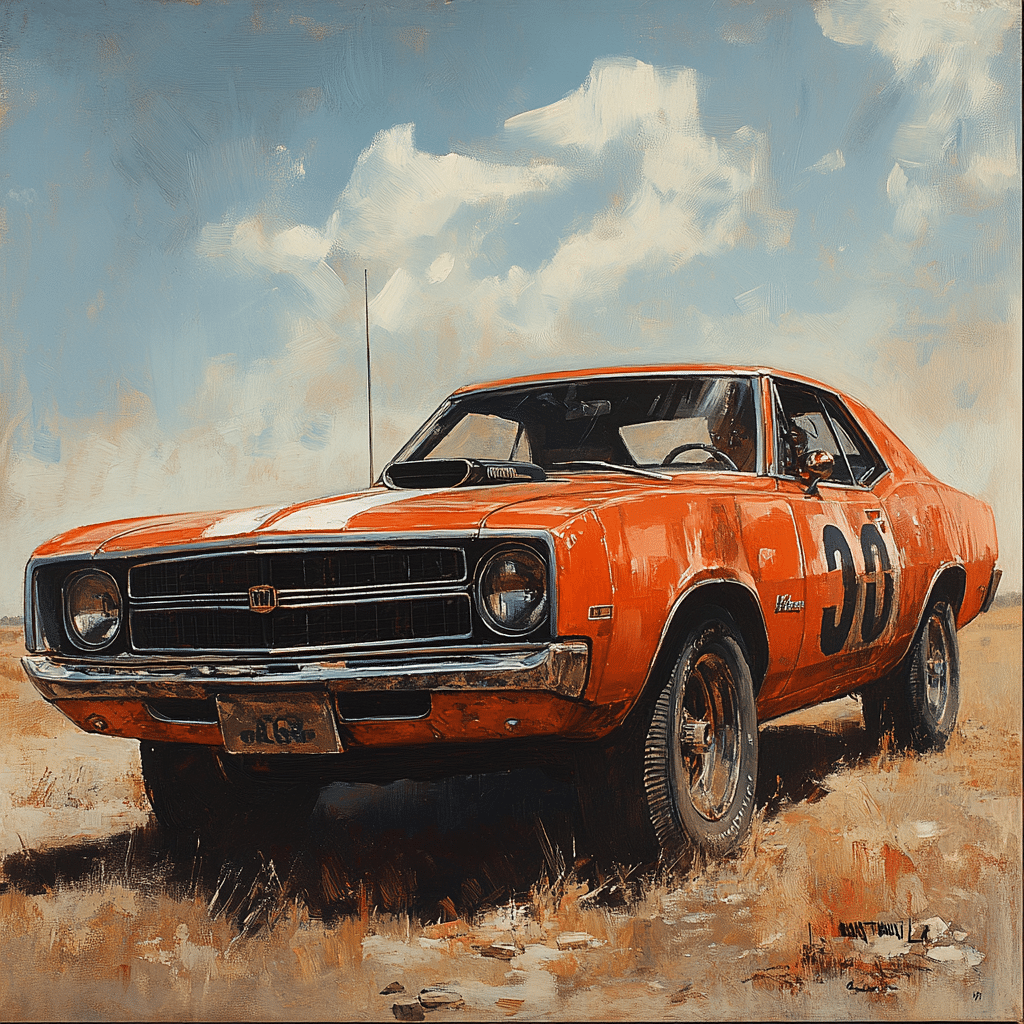
When was Dukes of Hazzard banned?
The Dukes of Hazzard was never officially banned, but in 2015, the only network airing the show at the time, TV Land, decided to pull it from their lineup after the tragic shooting in South Carolina.
Which Duke of Hazzard died?
Christopher Mayer, who played Vance Duke in the show, passed away on July 23, 2023, at the age of 57 in Sherman Oaks.
What state is Dukes of Hazzard set in?
The Dukes of Hazzard is set in the fictional Hazzard County, Georgia, although the exact location isn’t specified in the series.
Is The Dukes of Hazzard on Netflix?
You can find The Dukes of Hazzard on Netflix, but it’s only available in certain countries, including the United States, due to licensing agreements.
Why does the General Lee car have a Confederate flag?
The General Lee car features a Confederate flag on its roof, which was a part of the show’s Southern heritage theme, reflecting its rural and rebellious nature.
Why was Dukes of Hazzard pulled from TV?
The show was pulled from TV primarily by TV Land in 2015 after the South Carolina church shooting, marking a significant moment in how certain symbols are perceived in media.
Is Duke Hazzard Based on a true story?
The Dukes of Hazzard isn’t based on a true story; it’s a fictional show meant to entertain with exaggerated tales of mischief and adventure.
Where is the General Lee today?
The General Lee, famous for its role in the series, has been featured in various shows, events, and even car museums, but many individual cars used in filming have been lost or destroyed.
How many people died filming Dukes of Hazzard?
During the production of Dukes of Hazzard, there were no fatalities reported, though there were several stunt-related injuries, which are common in action-packed shows.
Why did Bo and Luke leave the show?
Bo and Luke Duke left the show due to contract disputes and differences with the producers, leading to the introduction of Coy and Vance Duke for part of season 5.
Where was most of Dukes of Hazzard filmed?
Most of the Dukes of Hazzard was filmed in and around Warner Robins, Georgia, with some scenes shot in the Atlanta area as well.
How many general lees were destroyed?
It’s estimated that around 300 General Lee cars were destroyed during the filming of the show due to car stunts and wrecks.
Is Dukes of Hazzard coming back?
As of now, there’s no confirmed news about a new Dukes of Hazzard series returning, but it still has a strong fan base that hopes for a comeback.
Who is the blonde girl in The Dukes of Hazzard?
The blonde girl in The Dukes of Hazzard is Daisy Duke, played by Catherine Bach, who became a pop culture icon for her role on the show.
What kind of car was used in the movie Dukes of Hazzard?
The movie adaptation of Dukes of Hazzard featured a Dodge Charger as the General Lee, paralleling the iconic car from the original series.



